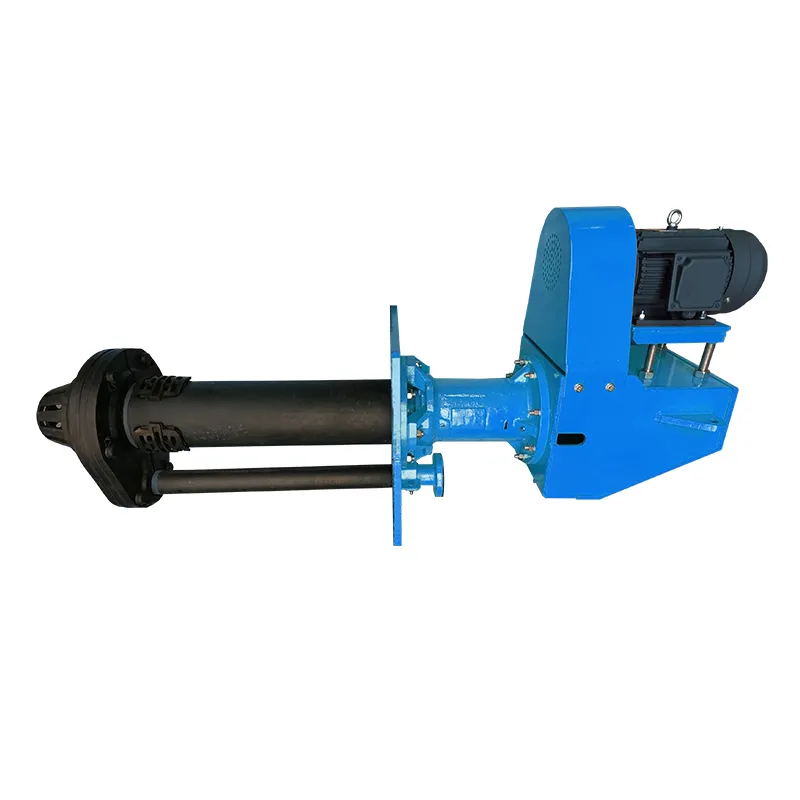-
 support@minemaxx.com
support@minemaxx.com
-
 0086-311-87833311
0086-311-87833311
 NO.8 JIHENG STREET,QIAOXI DISTRICT,SHIJIAZHUANG,HEBEI,CHINA
NO.8 JIHENG STREET,QIAOXI DISTRICT,SHIJIAZHUANG,HEBEI,CHINA
3 types of impeller
Understanding the Three Types of Impellers A Comprehensive Overview
Impellers are crucial components in various mechanical systems, primarily in pumps and turbines, where they play a vital role in fluid dynamics. They are responsible for imparting energy to the fluid, enabling it to flow and creating pressure differentials that move the fluid through the system. There are three primary types of impellers radial, axial, and mixed-flow impellers. Each type has distinct characteristics, advantages, and applications, making them suitable for different fluid handling scenarios.
Radial Impellers
Radial impellers are designed to move fluids outward from the center of rotation, which means they force the fluid to flow perpendicular to the shaft axis. This type of impeller is commonly found in centrifugal pumps and is well-known for its efficient and effective handling of large volumes of fluid.
Characteristics - Design Radial impellers typically have blades that curve outward as they extend from the hub to the outer diameter. This structure creates high radial velocity, allowing the pump to generate significant pressure. - Performance They are excellent for applications requiring high pressure and lower flow rates, making them ideal for water supply systems, chemical processing, and HVAC applications.
Advantages - Radial impellers can handle a variety of fluids, including those with solid particles, due to their robust design. - They are relatively simple and cost-effective to manufacture, ensuring widespread use in the industry.
Applications These impellers are commonly used in applications that require a high-pressure output, such as fire protection systems, irrigation systems, and various industrial processes.
Axial Impellers
Axial impellers, in contrast, move the fluid parallel to the axis of rotation. This impeller type is often found in propellers and axial flow pumps, which are designed to maintain a high flow rate while generating relatively low pressure.
Characteristics - Design Axial impellers feature blades that are typically flat or slightly curved, aligned in a manner that guides fluid flow along the shaft axis. - Performance They excel in applications with high flow rates and lower head requirements, making them suitable for applications like drainage and flood control.
3 types of impeller

Advantages - Axial impellers can efficiently handle large volumes of fluid with minimal energy loss, which is beneficial for applications needing constant and swift fluid movement. - They are often quieter and produce less vibration compared to radial impellers.
Applications Commonly found in cooling towers, water treatment plants, and agricultural water management systems, axial impellers are essential in scenarios where fluid needs to be moved quickly over short distances.
Mixed-Flow Impellers
As the name suggests, mixed-flow impellers combine the characteristics of both radial and axial impellers. They move fluid both radially and axially, creating a unique flow pattern that offers certain advantages over the other two types.
Characteristics - Design Mixed-flow impellers have blades that are angled in such a way that they encourage fluid movement in both directions. This design gives them a distinct appearance and versatility in operation. - Performance Mixed-flow impellers are capable of generating moderate pressures while also allowing for a good flow rate, making them a balanced choice for many applications.
Advantages - The combination of radial and axial flow allows mixed-flow impellers to adapt to various conditions, providing flexibility in operation. - They can be more efficient in certain applications compared to purely radial or axial designs, especially where space is limited and both pressure and flow are important.
Applications These impellers are frequently used in applications like wastewater treatment facilities, industrial processes requiring moderate pressure and flow, and various HVAC systems.
Conclusion
Understanding the three types of impellers—radial, axial, and mixed-flow—provides insight into their functionality, advantages, and applications. Each type serves a specific purpose and can be selected based on the requirements of the system in which it is utilized. As technology advances and industries evolve, the application and design of impellers will continue to adapt, ensuring efficient fluid movement across a wide range of sectors. Whether you are designing a new pump system or upgrading existing equipment, a solid understanding of these impeller types is essential for optimizing performance and efficiency.
-
Wet Parts for Optimal PerformanceNewsOct.10,2024
-
Vertical Pump Centrifugal SolutionsNewsOct.10,2024
-
Top Slurry Pump ManufacturersNewsOct.10,2024
-
The Ultimate Guide to Centrifugal Pump for SlurryNewsOct.10,2024
-
Pump Bearing Types for Optimal PerformanceNewsOct.10,2024
-
A Guide to Top Slurry Pump SuppliersNewsOct.10,2024
-
Slurry Pump Parts for Optimal PerformanceNewsSep.25,2024

